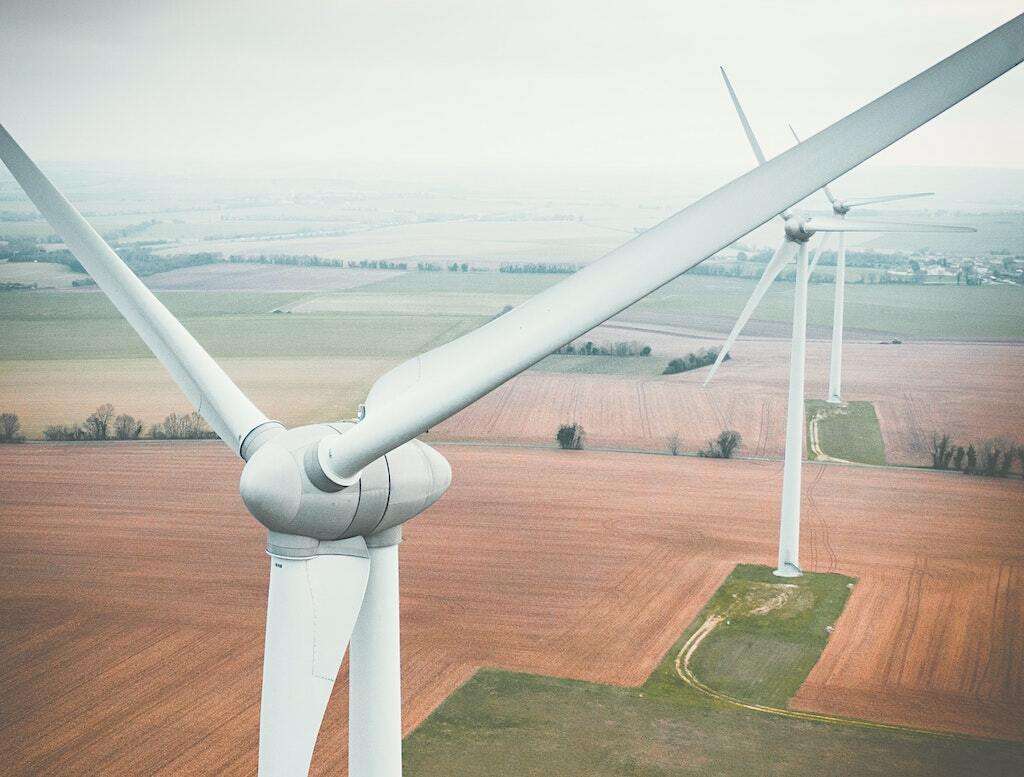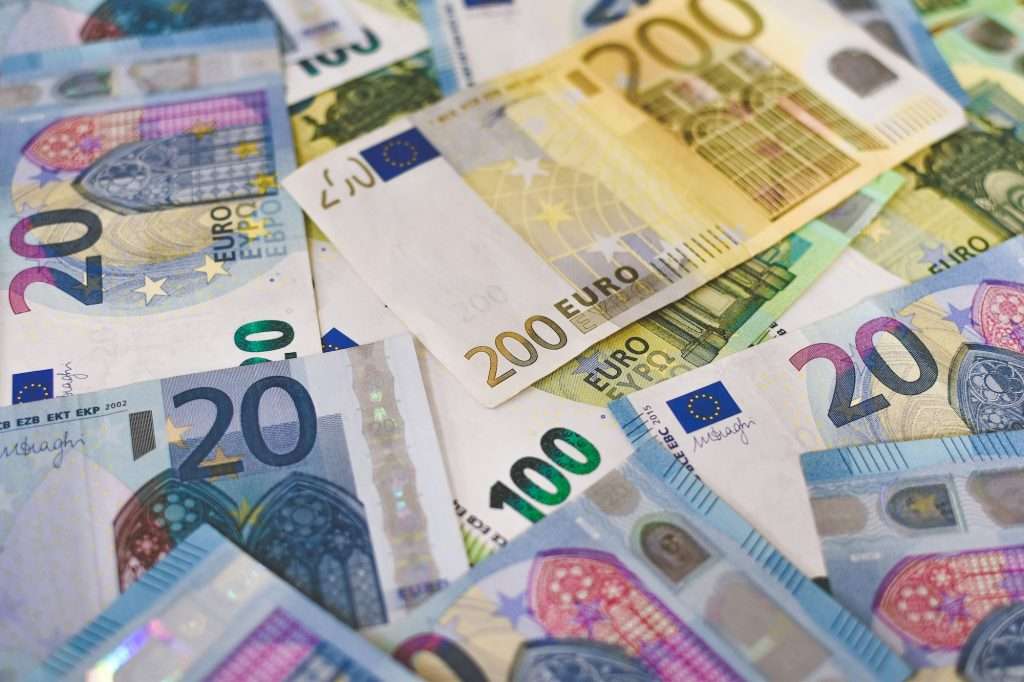As risks due to climate change increase, the World Bank and other top global financial leaders look to rapidly align financing with climate targets.
New data from the European Central Bank (ECB) show an overwhelming majority of European banks are at significant risk due to climate transition. The report, assessing 95 banks covering 75 percent of euro area loans, found that 90 percent of these banks have loan portfolios misaligned with global climate goals and the E.U.’s 2050 climate neutrality target.
This misalignment, primarily in six key carbon-intensive sectors that collectively account for 70 percent of global CO2 emissions, indicates heightened transition risk. These sectors include power, automotive, oil and gas, steel, coal, and cement. Only eight of the 95 banks assessed were found to have lending practices aligned with a 2050 net zero pathway.

Frank Elderson, a member of the ECB’s Executive Board and Vice-Chair of its Supervisory Board, highlighted the increasing relevance of climate litigation, which has seen a surge in recent years. “This is more relevant than ever, considering that climate litigation has skyrocketed in recent years. Globally, some 560 new cases have been filed since 2021 and increasingly also targeted at corporates and banks,” Elderson said.
The report also identified reputational and litigation risks as prevalent issues, affecting about 70 percent of the banks. Despite 72 of the 95 banks committing to net zero, 93 percent of them are not aligned with a net zero pathway. Credit risks were less pronounced, but several banks had significant misalignments, with exposures greater than €5 billion, including six banks with more than €10 billion.
The study further revealed that banks tended to provide larger loans to misaligned companies, resulting in significant exposure. The degree of misalignment varied by sector, with banks most misaligned to sectors with earlier transition pathways. Almost all banks were misaligned across all sectors, except for steel.
Elderson emphasized the importance of stable banks in the green transition: “The economy needs stable banks particularly as it goes through the green transition. It is in turn crucial for banks to identify and measure the risks arising from the transition towards a decarbonised economy.”
The World Bank will allocate nearly half of its financing to climate solutions
Bank stability is key for addressing the global climate crisis and other challenges like pandemics, Ajay Banga, President of the World Bank, said during his recent visit to Japan. He articulated a bold vision for the institution’s growth, emphasizing its new climate-focused agenda. Banga expressed the need for the World Bank to expand to meet upcoming challenges effectively. “We’re going to need to become a bigger bank to be able to meet some of the challenges ahead of us,” he said.
Under Banga’s leadership, the World Bank’s mission is defined as “eradicating poverty on a livable planet.” Banga has initiated an approach to view problems through a broader lens, integrating poverty alleviation with challenges like pandemics, climate change, and conflict.

Banga, who succeeded David Malpass, also seeks to reshape the internal workings of the 79-year-old institution. He emphasized speeding up project processes, breaking down departmental barriers, and enhancing collaboration. “Development delayed is development denied. The idea is to get projects through the pipe quicker,” Banga noted during his visit. Furthermore, Banga sees potential for enhanced cooperation between the World Bank and other significant institutions like the International Monetary Fund. He believes the combined skill sets of these organizations can effectively address the multifaceted challenges faced by countries in need.
At COP28 last year, Banga announced that the World Bank aims to allocate 45 percent of its financing to climate change by 2025, an increase from the previous target of 35 percent. The World Bank is also exploring innovative financial strategies under Banga’s guidance. These include having shareholders guarantee loans and offering “hybrid capital” to increase lending capacity while maintaining its AAA credit rating. Banga explained that every $1 invested could potentially be leveraged six times, significantly enhancing the bank’s lending capabilities.
HSBC’s Net Zero Transition Plan
The news comes as London-based HSBC has unveiled its inaugural Net Zero Transition Plan — a multi-pronged effort to support and finance the global transition to net zero emissions. This announcement follows HSBC’s 2050 net zero target, initially established in 2020, which included aligning its financing activities with the Paris Agreement’s objectives. The bank committed to reducing the carbon emissions of its financed clients and projects to net zero by 2050 or earlier, while also focusing on financing and investment that aids the low carbon transition.
The plan outlines HSBC’s commitment to embedding net zero across its operations, including products, services, risk management policies, board governance, and executive compensation programs. Furthermore, HSBC intends to actively engage with governments, regulators, and the finance industry to shape standards, regulations, and policies that facilitate the transition to a net-zero economy.

Celine Herweijer, Group Chief Sustainability Officer at HSBC, emphasized the bank’s influential role: “We are present in the regions, the markets and the sectors that arguably make the biggest impact in terms of future emissions. We have an opportunity to support them to make the transition and catalyse the new economy, following the science and leveraging our entrepreneurial spirit,” she said in a statement.
The Transition Plan details HSBC’s strategy to achieve its climate goals, concentrating on decarbonizing specific sectors, particularly those with heavy emissions footprints. The bank recognizes the challenges in its path, acknowledging its substantial financed emissions footprint from key sectors outlined by the ECB.
Since setting its net zero goal, HSBC has established interim targets to reduce emissions within these carbon-intensive sectors. In the oil and gas sector, where a significant portion of HSBC’s financed emissions originate, the bank aims to engage with companies to develop their transition plans and support cleaner energy projects. In sectors such as iron, steel, and aluminum, where decarbonization relies on emerging technologies, HSBC plans to facilitate investments in clean hydrogen and carbon capture and storage, and to support startups creating new sector-specific solutions.
Noel Quinn, Group Chief Executive of HSBC, highlighted the bank’s potential to drive change: “As one of the world’s largest international banks, HSBC is well placed to help support and finance the economic transformation required to reach net zero.”
Related on Ethos:


